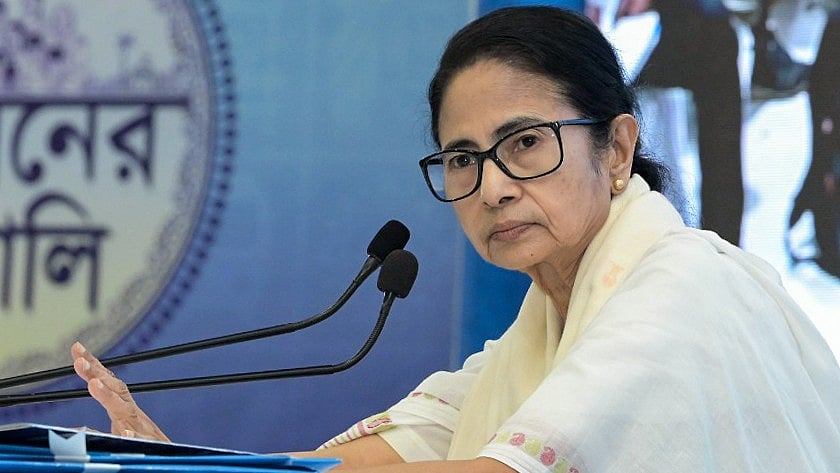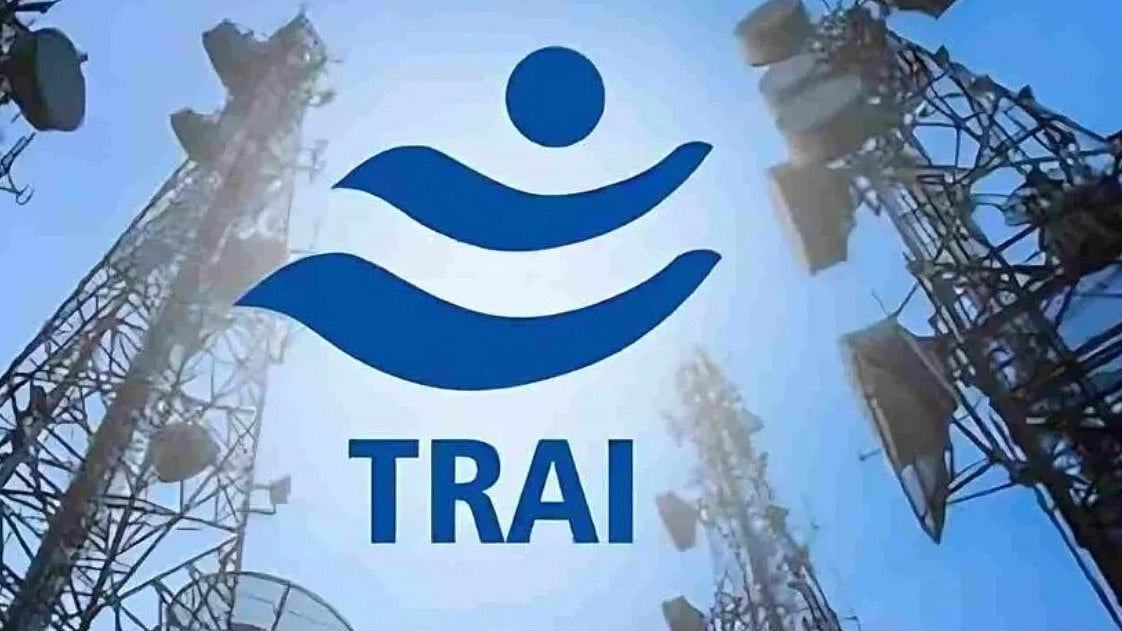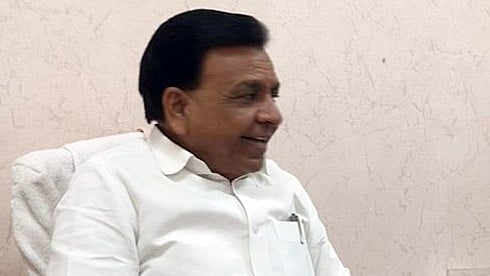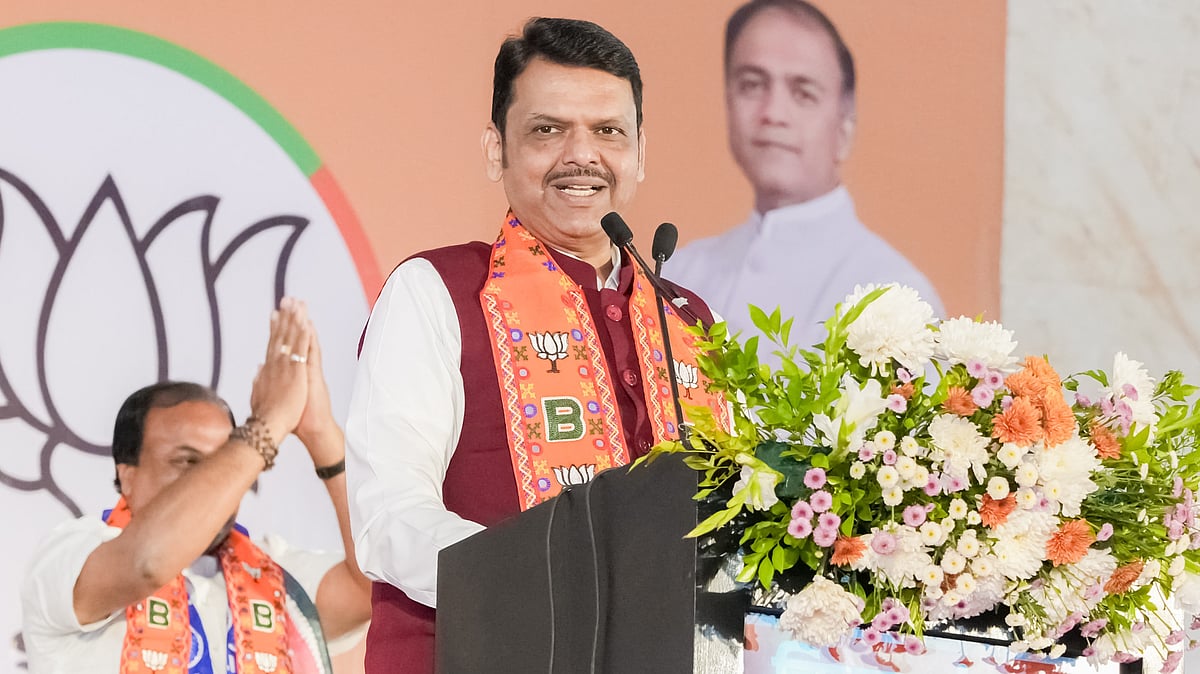One of the recurring themes that news stories and opinion writers repeatedly referred to, in the aftermath of the accident which claimed the lives of Cyrus Mistry and Jahangir Pandole earlier this month, was that both had not strapped on their seat belts because they were in the rear seats. The other two occupants in the front of the Mercedes Benz SUV had their belts on, and suffered grievous injuries but did not lose their lives. Given the high-profile nature of the victims and survivors, especially Mr Mistry who had to step down as chairman of Tata Sons in 2016 after he collided with the group’s patriarch Ratan Tata, the media’s attention has been on this accident. The seat belt angle has dominated the coverage.
Indeed, not strapping on seat belts in the rear seat turned fatal for Mr Mistry and his friend when the collision happened at high speed at the bridge of river Surya, near Palghar, on the Mumbai-Ahmedabad national highway. Nitin Gadkari, union minister for road transport and highways, was quick to comment on this aspect and move towards making the implementation of the law on rear seat belts stringent. Using seat belts in the rear of a vehicle is more important than it has been made out to be in India but we must pause a moment to ask what the overwhelming focus on seat belts is taking our attention away from.
There are at least two other issues on the table: Road discipline of drivers including observing speed limits and, more importantly, poor or non-standardised or ill-designed road infrastructure.
Even a casual traveller on the Mumbai-Ahmedabad highway or the Mumbai-Pune Expressway would observe that many drivers simply do not observe road discipline and are unafraid of penalties. This includes drivers of heavy trucks and cargo trailers who refuse to stay within the lane earmarked for them and often squeeze in between smaller vehicles in the lanes to their right forcing cars and SUVs at high speed. This includes drivers of the cars and SUVs too who too often hit the higher numbers on their speedometers simply because the road length facilitates it. Yes, there are speed limits set on highways, expressways, even the Bandra-Worli sea link, but how many really stay within the mandated limits?
The less-discussed aspect is the road infrastructure. Badly inclined roads, potholed roads, wrongly-placed intersections, sudden undulations, lack of parapet walls and cat’s eyes along stretches or badly-designed walls, lack of shoulder lanes, lack of warnings and emergency assistance in case of accidents, are par for the course on our highways as well as on roads in cities. India’s road infrastructure would draw derision for a nation that desires to be some version of an economic super-power in the world; except select sections of road lengths in New Delhi and capitals of states, including in Mumbai, roads are a pathetic version of what they ought to be. And pavements do not even exist in crowded cities like Mumbai; where they do, they are occupied by everyone else except pedestrians who are forced to walk on the streets.
Mumbai and Delhi rank high in the tally for the number of road accidents. The car density in the national capital is almost five times less than that in Mumbai but Delhi sees more accidents every year. Nearly 20% of accidents in all cities happen in Mumbai; on the road, this means an average of around 2,500 to 3,000 accidents with as many people injured and nearly 400 deaths every year. The pandemic year 2020 was an exception, of course. Of the many causes of accidents on the city’s roads, several lead to the authorities: Potholes, wrong alignment, badly-designed intersections, non-implementation of traffic rules including wrong-side driving which has seen an exponential rise in the last few years.
It should be a matter of grave shame for all the authorities in charge of Mumbai’s 2,100-kilometre road length — the municipal corporation, Maharashtra Industrial Development Corporation, Mumbai Metropolitan Region Development Authority, state government, and union government besides others — that commuters on roads meet with accidents, most often fatal, due to potholes or uneven surfaces. Potholes used to be a feature of the annual monsoon but in recent years have appeared — and claimed lives — in the non-monsoon months too.
Uneven surfaces or road lengths done in paver blocks are another major factor in accidents, often putting commuters, especially on two-wheelers, in peril. Few survive when they hit a pothole, lose balance and tumble on the road; the vehicle right behind has little to no time to react and brake. How difficult is it really to ensure that the city’s roads have no potholes or that the few unavoidable ones are attended to with urgency? Who is to be blamed for faulty road design and construction that leads to loss of lives? Should this matter of governance have to be dragged to the courts — including the Supreme Court of India — for the potholes hazard to be addressed? Sure, drivers need to obey rules and take responsibility for safe driving, but governments cannot be absolved of their responsibility to provide safe motorable roads.
In the highway accident that claimed Mr Mistry’s life, there have been forensic investigations by multiple sources. At least one of them suggests that “…the infrastructure issue led to the crash…The bridge parapet wall was found to be protruding into the shoulder lane”. The road design was, prima facie, faulty. That would have necessitated an ultra-quick response from the driver who was, by all accounts, at a high speed. Manoeuvres at high speed carry a great risk of going horribly wrong — as it did in this case.
This place has been included in the list of “black spots” where accidents or high-speed collisions are most likely to occur. A “black spot” is a section of a national highway where accidents happen due to design flaws and where five accidents or ten deaths happened in the past three years. There were 5,803 such spots on highways in 2018, according to the ministry for road transport and highways. When an accident is analysed only in terms of over-speeding and use of seat belts, it gives a free pass to the ministry, and the contractors it appoints at thousands of crores of public money, on the “black spots” or similar design flaws in the road infrastructure.
Minister Gadkari did not dwell on the apparently faulty design of the bridge parapet wall in the accident that took the lives of Mistry and Pandole. This is how the government and contractors shrug off their responsibility and deflect it to drivers. National highways comprise barely 2.5% of the road length in India but witness a staggering 32% of all accidents and 36% of deaths in accidents. It is high time Mr Gadkari focused strongly on road infrastructure and design, beyond making cosmetic moves about seat belts and so on, and took firm steps to ensure the safety of people on roads — on highways and within cities.
Smruti Koppikar, journalist and urban chronicler, writes extensively on cities, development, gender, and media. She is the founder editor of ‘Question of Cities’









